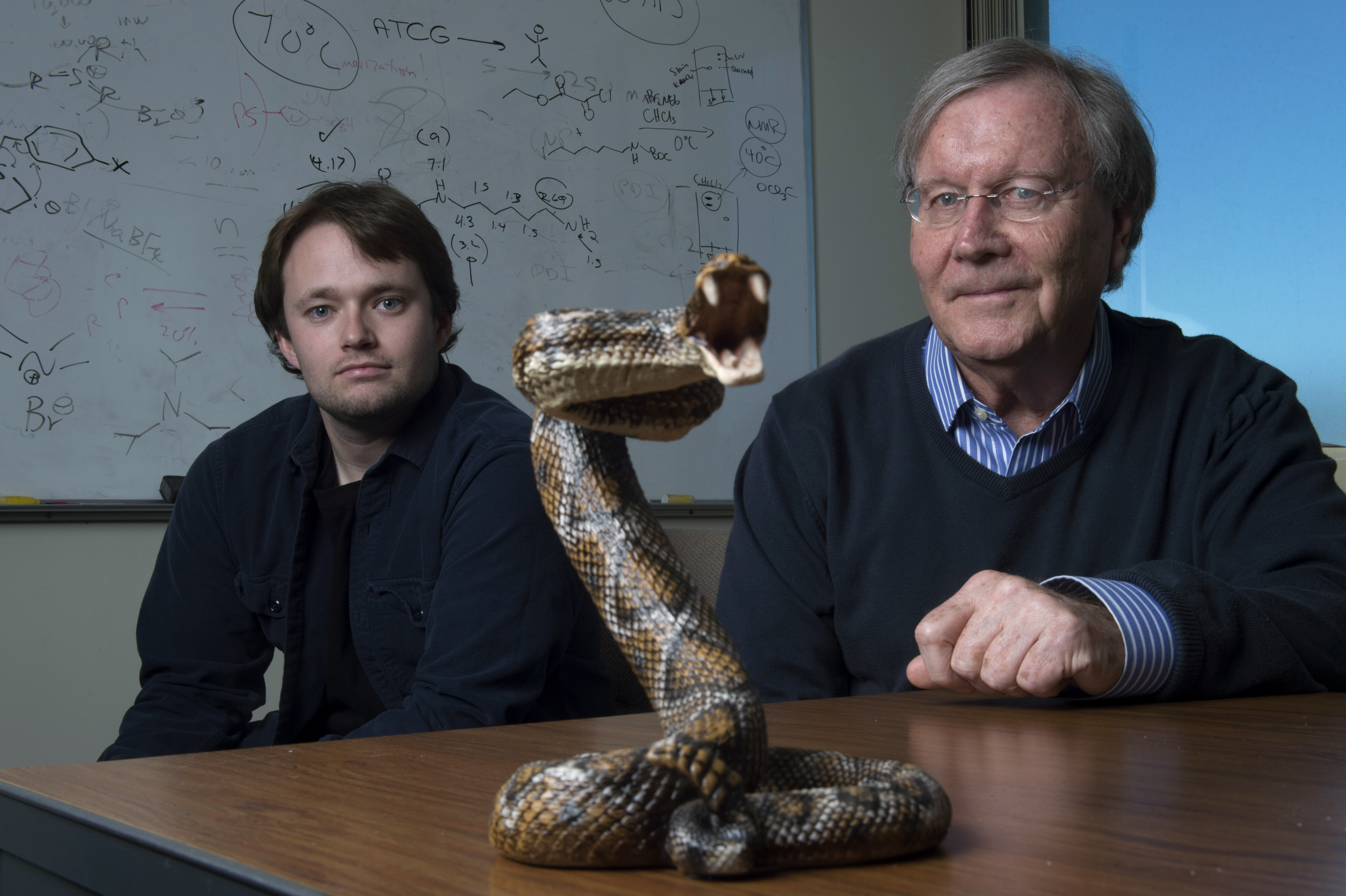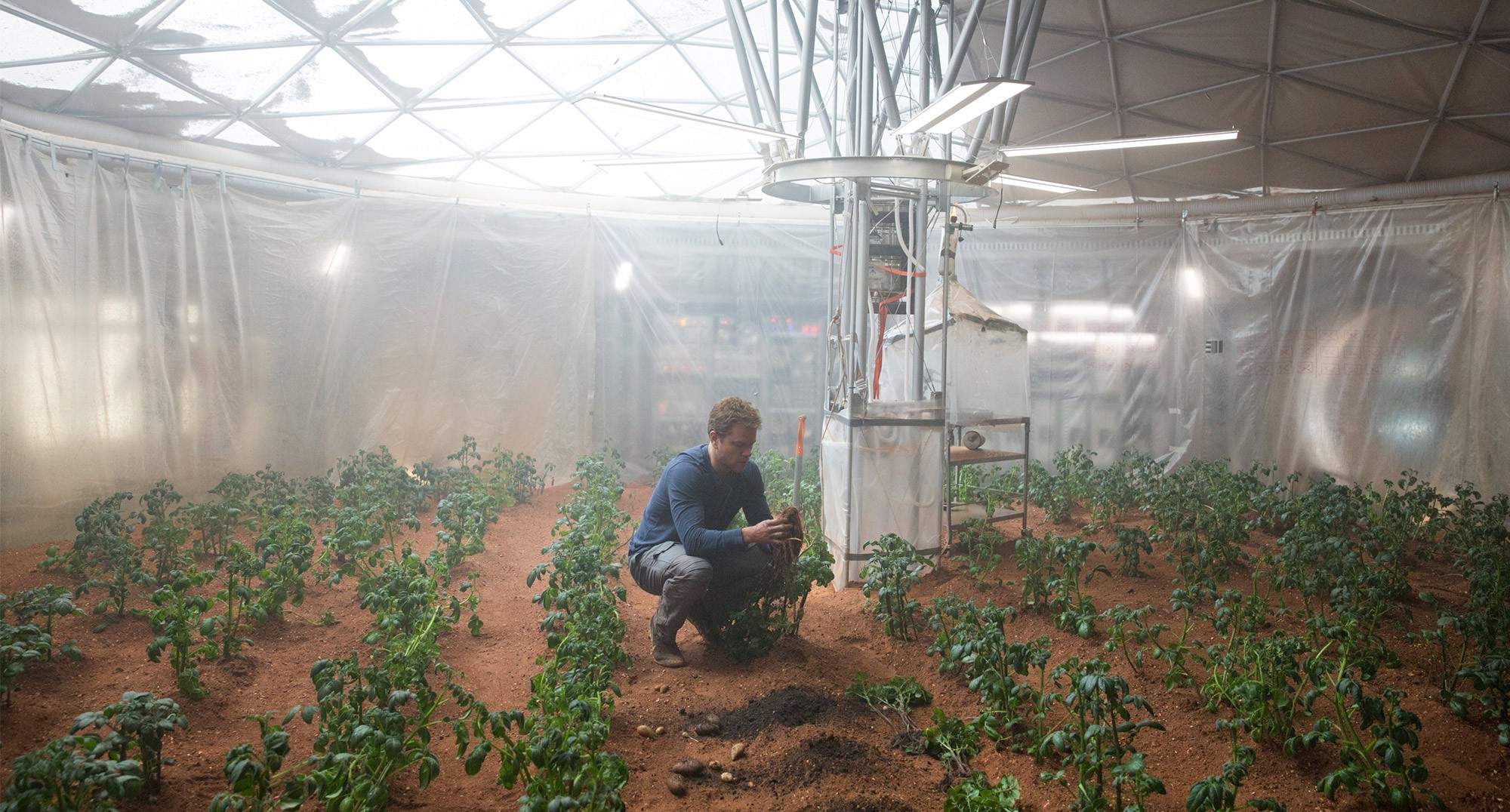Innovation Lab: Steel Ribbons, Snake Bites and Space Potatoes
- Friday, March 10th, 2017
- Share this article:
At Mobile Marketing were proud to help tech companies showcase their cutting-edge solutions, whether its on our website, in our magazine or at our Mobile Marketing Summits. Giving a platform to companies that are breaking new ground in their market brings audiences one step closer to the ideas and developments that will shape tomorrow.
In that spirit, our Innovation Lab feature takes a step beyond the world of apps, ads and handsets with slightly bigger screens, in order to share some of the tech worlds innovative ideas. They might be interesting, disruptive or just outright strange, but these are the stories that have caught our eye over the past week.
Polymer Ribbon is Stronger Than Steel and Light as Tape
If its promotional video is anything to go by, Braeön (pronounced like “brawn”) is the lightest, strongest and most adaptable material ever to have been invented, capable of being molded like putty while still withstanding over 2,000lbs of pull strength.
The material is a polymer which can be shaped when heated, either using hot air or water, taking on whatever shape the user desires, from a simple loop to a custom-fitted brace for an injured body part. Once the shape cools and sets, the molecules in its high-strength polymeric fibers fuse, making it extremely strong.
Braeön comes in a tape-like roll, with 100ft of the material weighing less than 1lb, yet boasting a tensile strength approaching 3,000lbs. The material is also moisture resistant, waterproof, gets stronger in cold weather, and is even paintable if used to make a permanent bond or replacement part for something.
The crowdfunding campaign for the material, which ended earlier this week, raised over $70,000 ($57,500) from 1,800 backers, and the makers have stated they are excited to see how the material gets put to use by their customers, with their examples already including replacement links in chains, splints for injuries, grips for tools and even strengthening a hockey stick blade.
Nanogel Antivenom can Neutralise Snake Bites

Around the world every year, over 4.5m people are bitten by venomous snakes, with 100,000 of those dying, according to conservative estimates. While in developed areas with good access to antivenom, deaths are very rare, in more rural regions or emerging economies, they are much more common.
That disparity means that making antivenom cheaper and easier to manufacture would be a significant leap forward in shrinking the number of deaths, and new research from a team of chemists at the University of California, Irvine suggests that a chemical nanogel may hold the key.
The traditional method for creating antivenom is biological, with antibodies harvested from large mammals like horses after they are exposed to small amounts of venom. This is slow, expensive and means that antivenoms are only suitable for specific species. The polymer nanogel material created by the team instead binds to certain protein toxins in the venom, preventing them from damaging red blood cells.
The treatment is significantly cheaper and more versatile than conventional antivenom, and may even work on spider bites and scorpion stings as well. It even boasts a longer shelf life than biological antivenoms, making it easier for remote clinics to remain stocked with it. The study, which has received finding from the US Department of Defense among other sources, is aiming to move on to clinical trials soon.
‘Damage-proof’ Drone can Crash Then Reform
Anyone who’s piloted a drone knows that, even with a skilled operator at the controls, crashes sometimes happen, often to devastating results for the device itself. From mechanical failures to poorly-judged manoeuvers, anything can send the delicate flying machines crashing from the sky.
It’s exactly this problem, and the associated time, effort and expense involved in repairing a crashed drone, that inspired researchers from Floreano Lab, NCCR Robotics and École Polytechnique Fédérale de Lausanne (EPFL) to look to the insect world for inspiration in creating a hardier drone.
Their design uses flexible support struts that can bend with impact, and a central hub held in place by magnets. When an impact happens, the magnetic connections give way, allowing the drone to deform and absorb the impact, then snap back into place once it comes to rest, enabling it to take off again. The design can stand up to collisions in-flight and while not operating, and survive drops of at least 2m.
Researchers Prove The Martian Right: Mars is Ready for Potatoes

If you’ve read The Martian by Andy Weir or watched the Matt Damon-starring film, you’ll know that stranded astronaut Mark Watney manages to survive on the red planet thanks to growing potatoes in the soil. Pure science fiction, right? Apparently not, according to a new study by the International Potato Center (CIP).
A year-long study by the CIP, NASA and the University of Engineering and Technology (UTEC) in Lima has studied how the tubers grow in extreme conditions, using a specially constructed CubeSat environment to replicate the climate and conditions on Mars, and found that, when provided water and fertilised soil from Earth, the plants were able to sprout.
“Growing crops under Mars-like conditions is an important phase of this experiment,” said Julio Valdivia-Silva, research associate at UTEC. “If the crops can tolerate the extreme conditions that we are exposing them to in our CubeSat, they have a good chance to grow on Mars. We will do several round of experiments to find out which potato varieties do best.”

















